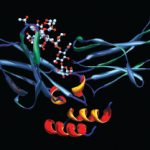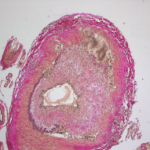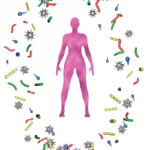Patients with a diagnosis of rheumatoid arthritis (RA) experience on average double the risk of developing malignant lymphoma when compared with the general population. With the major changes in RA treatment taking place over the past decade, has there been a reduction in the risk of lymphoma in this population? Researchers from the Karolinska Institute…








